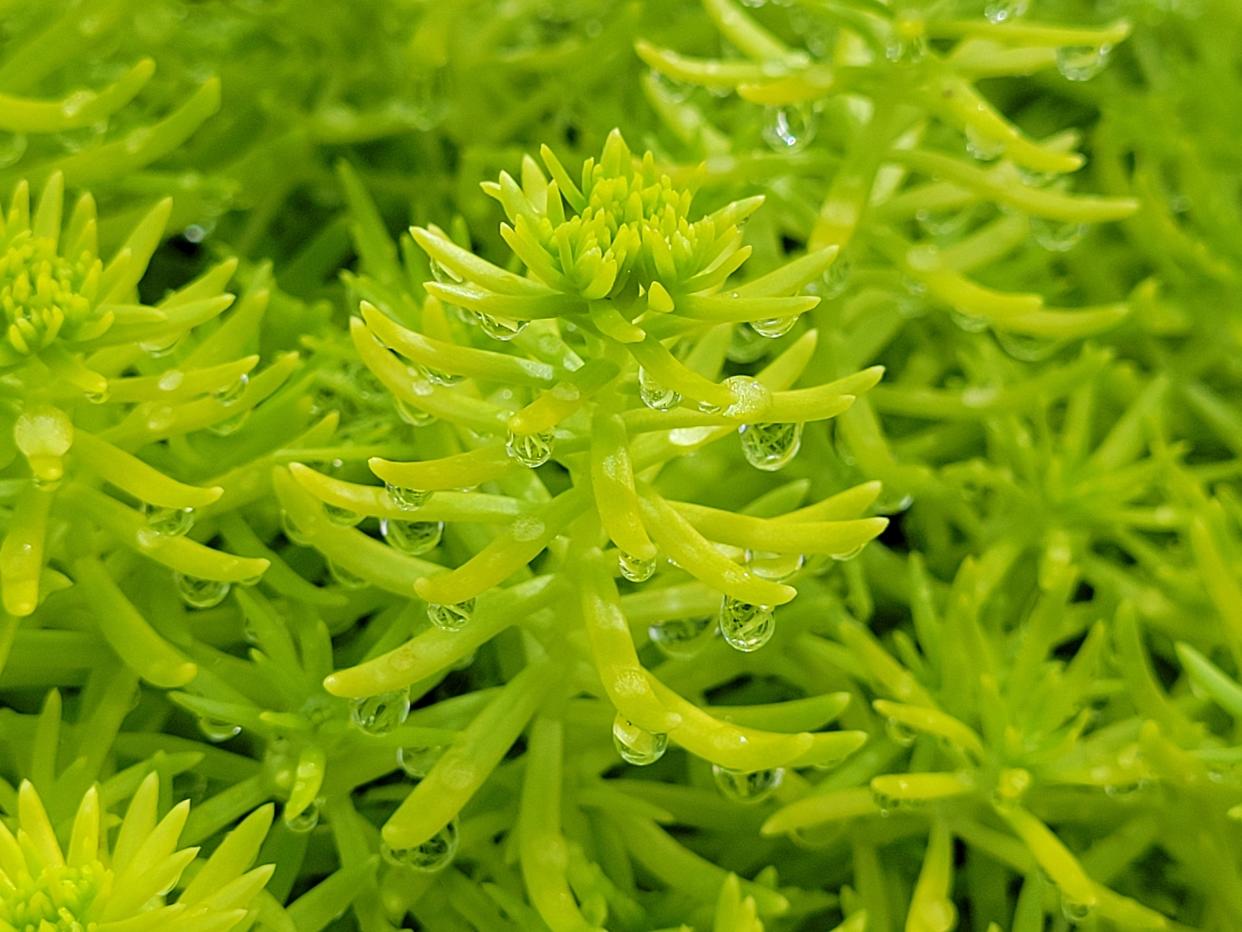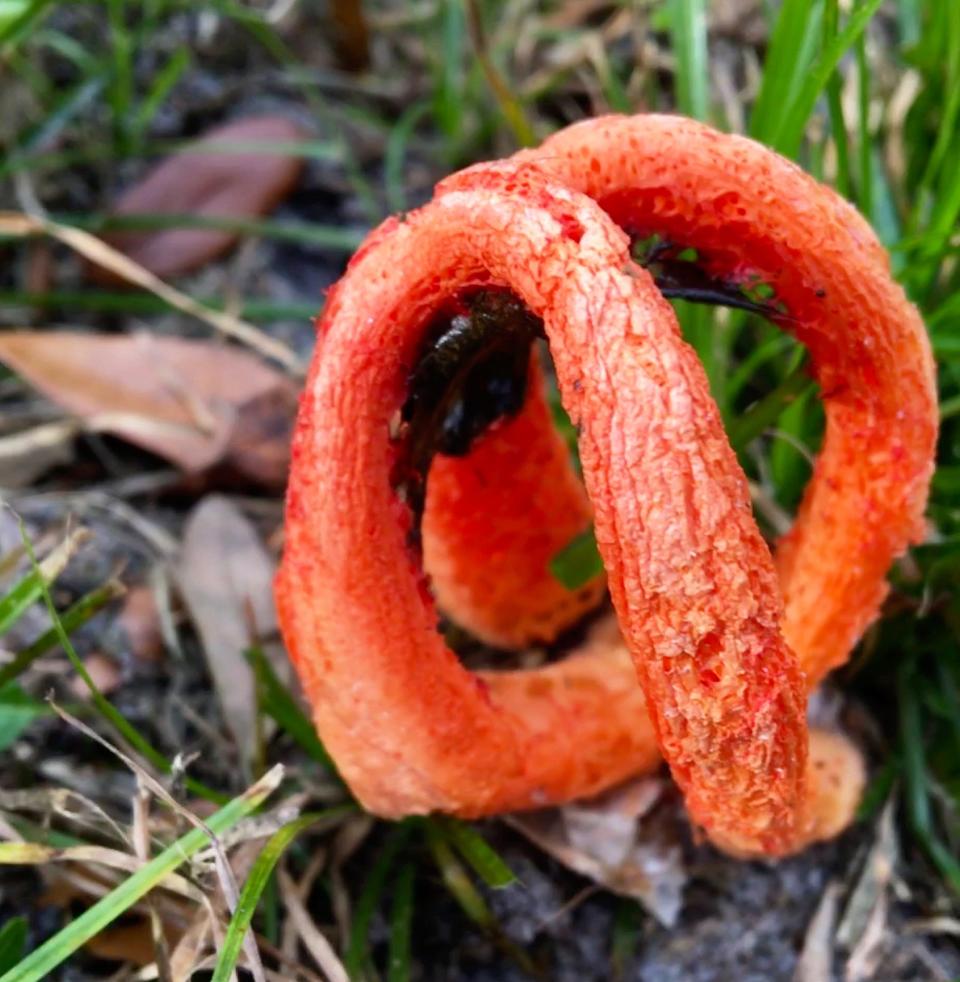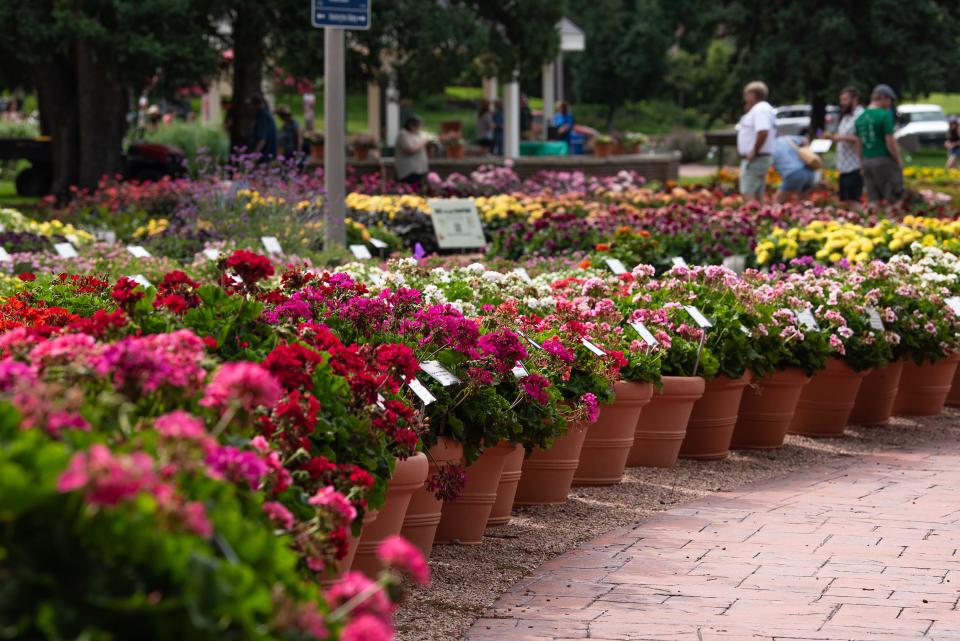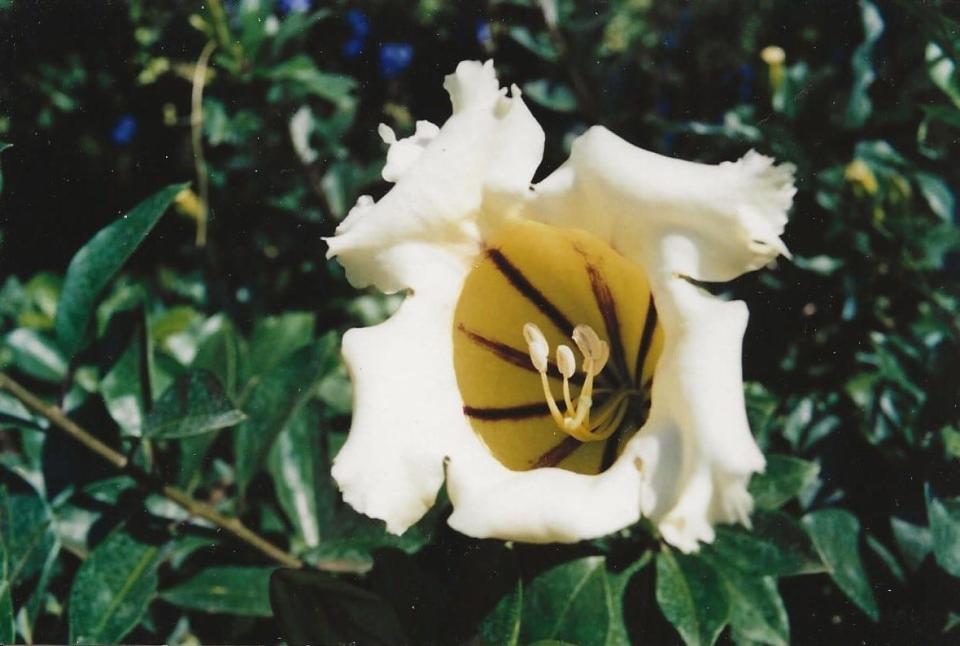Golden sedum is among the world's fastest growing succulents. And it revels in sun

Cliff faces and rock-strewn hillsides in Mexico are home to golden sedum (S. adolphi), among the world’s fastest-growing succulents.
Up to eight inches tall, plants bear rosettes of fleshy, upturned leaves on lengthy stems. Given full sun and well-drained soil, golden sedum spreads rapidly, and its foliage boasts shades of orange and yellow. In shady locations, however, the foliage – which is non-toxic to people and pets – remains green.
Flowering occurs in late winter, when starry white flowers appear. Although it’s considered only half-hardy, I’ve cultivated two shallow bowls of golden sedum on a balcony exposed to northwest winds without observing damage.
In addition, the species has naturalized in Italy and the Canary Islands, neither of which enjoys balmy winters. I would, though, install plants only in bright, sandy, sheltered sites. If necessary, however, these low-growing succulents can easily be covered with frost blankets.
Propagate with warm-season stem cuttings. Plants, including varieties such as Firestorm and Golden Glow, are available online.
Stinkhorn fungi? Better pinch your nose

Depending on its stage of development, encounters with a stinkhorn fungus range from unpleasant to downright disgusting. One thing, however, is certain: You’ll smell it before you see it.
Stinkhorn fungi are found in temperate, tropical and subtropical regions – in other words, just about everywhere. Because they dine on decaying organic matter, stinkhorns frequently pop up in mulched areas, announcing their presence with a six-inch-tall, hornlike structure.
Blue porterweed: This native perennial blooms year-round and is loved by butterflies and other pollinators
Even more visually disturbing, these fungi sometimes flaunt an orange or pinkish latticework. Whether horn or lattice, the structures are slimy and putrid, effectively attracting the flies and beetles these fungi rely on to spread their spores.
Despite their noxious odors, stinkhorns are simply part of nature’s grand scheme for breaking down organic material. Sensitive gardeners can effectively stifle the malodorous fungi by covering them with a shovelful of sand.
Geraniums suffer in summer

Prominent among perennials we Floridians treat like annuals is the common geranium (Pelargonium hortorum). That’s because this free-flowering plant doesn’t cope well with our summer season, frequently falling victim to pests and fungal problems.
In-ground specimens are especially vulnerable, but potted plants can be carried through the warm season by moving them to locations protected from full, intense sun and rainstorms. Also plants and cuttings can be cultivated as houseplants during the summer.
Plant to ponder: Golden chalice vine

Native from Mexico to Peru, golden chalice vine (Solanum maxima) is a large, woody, night-fragrant vine that bears 10-inch-long, 8-inch-wide blossoms from late autumn to mid-spring. This plant requires plenty of space and a sturdy support in bright light. Propagate with cuttings. Plants are sometimes available online.
This article originally appeared on The Ledger: Given plenty of sun, golden sedum can put on a show

